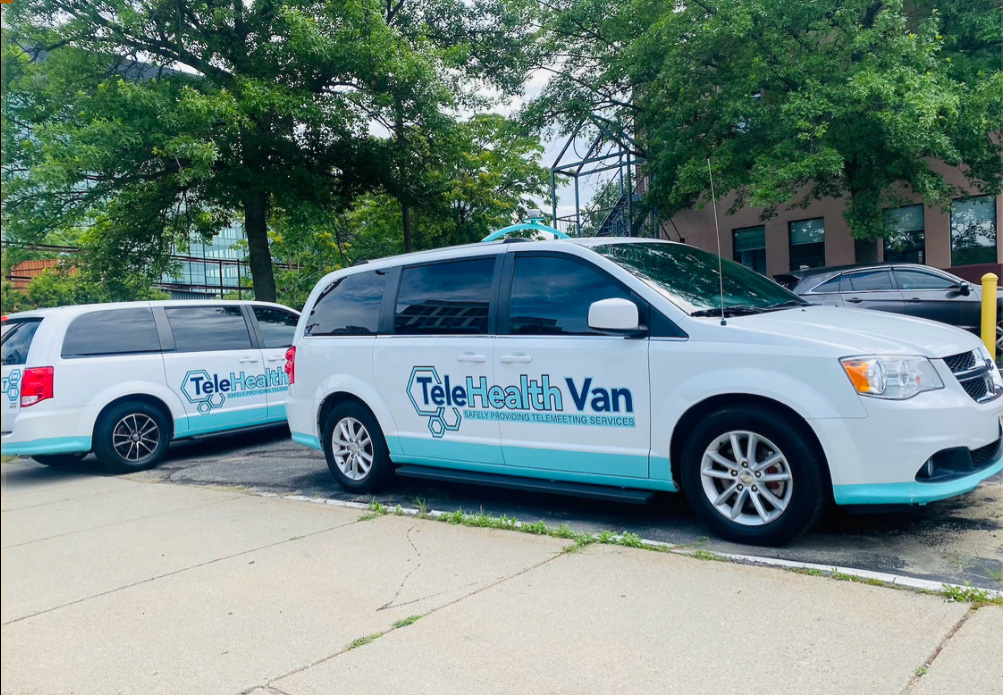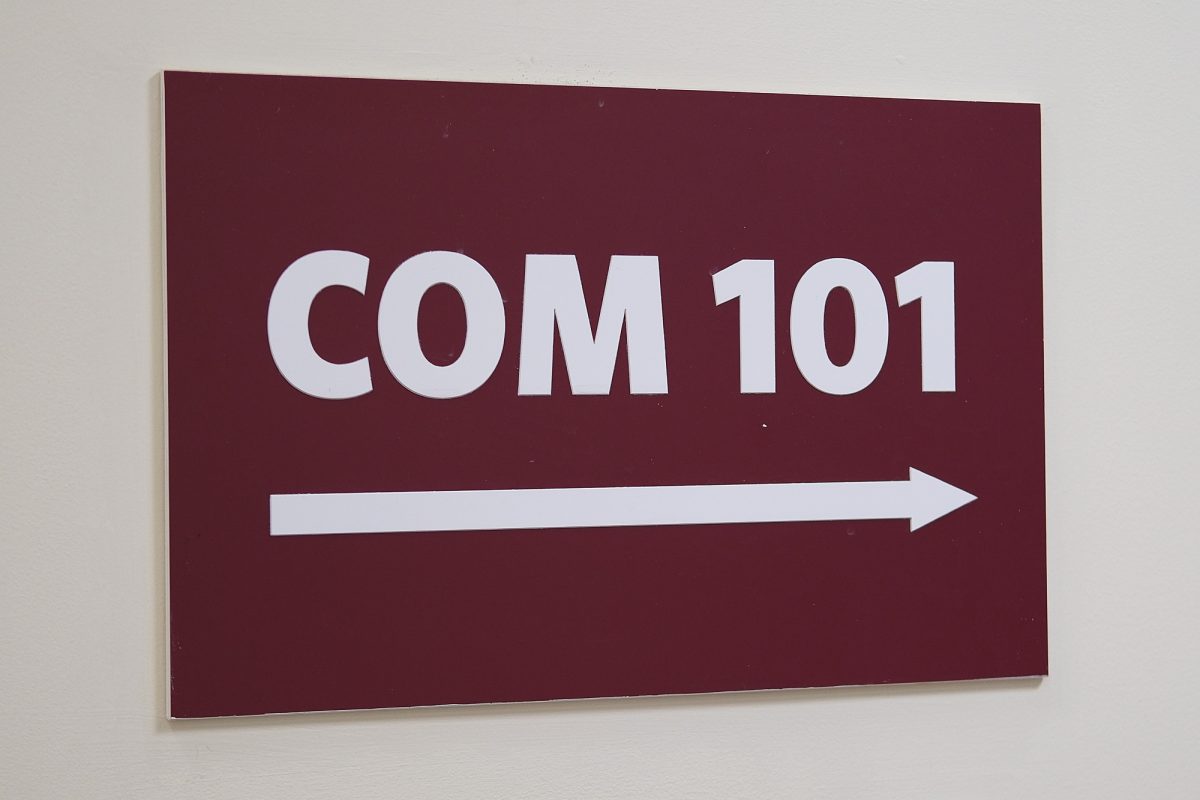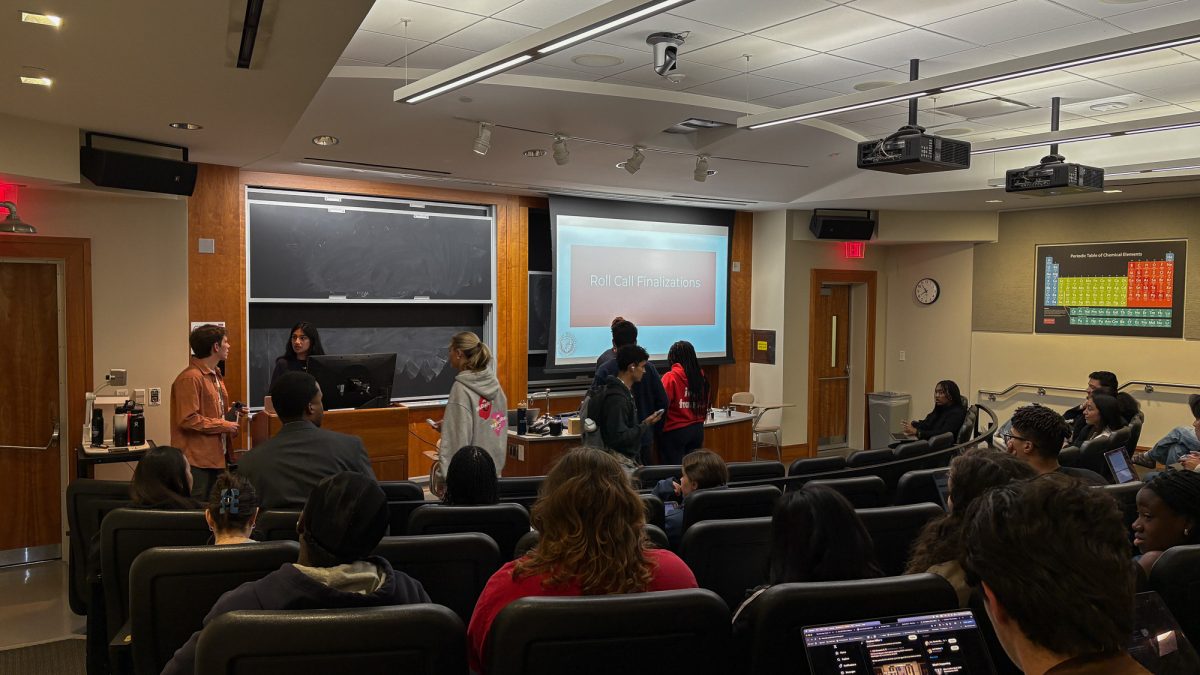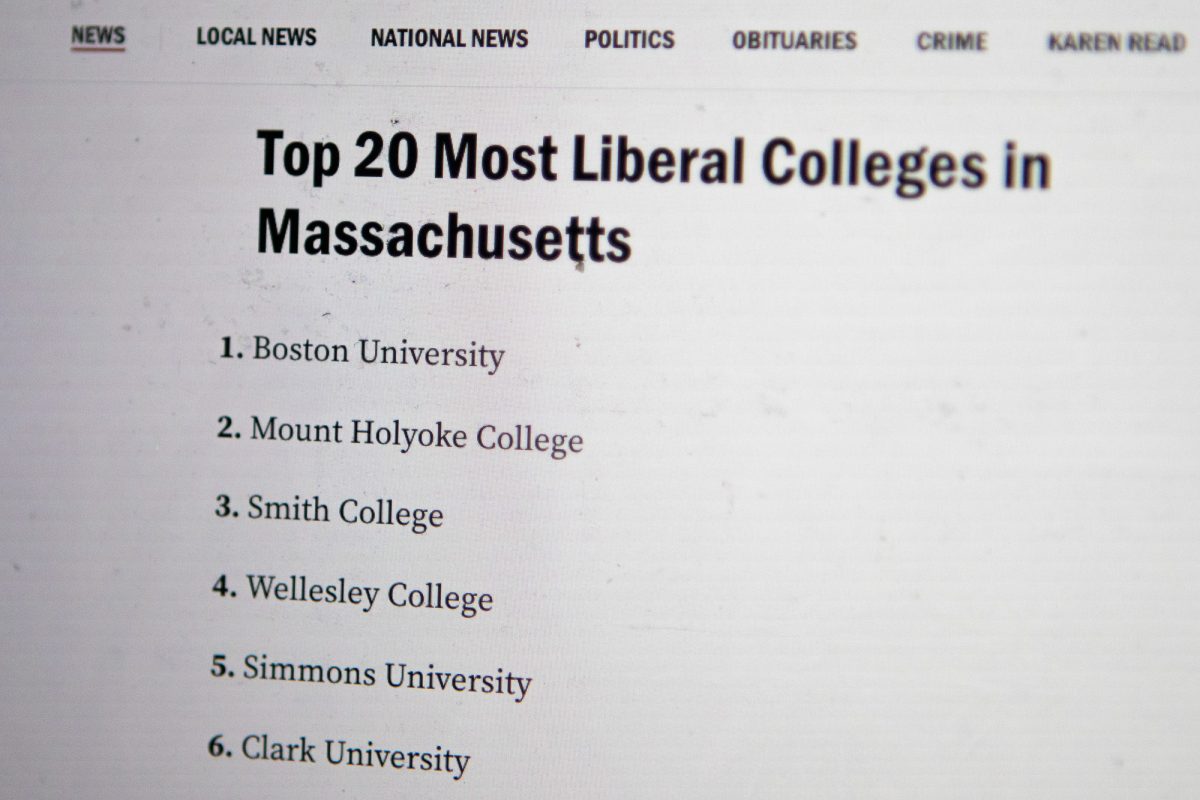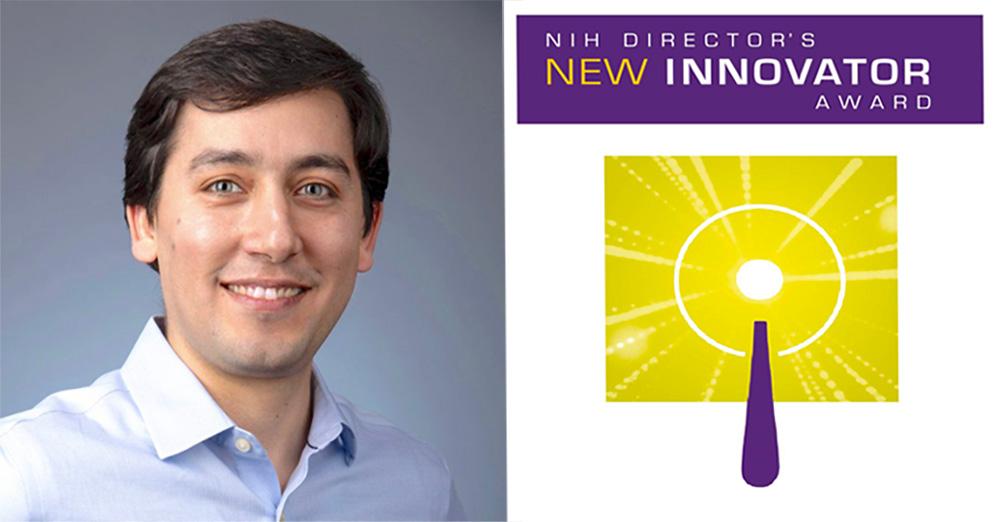
Researcher and Assistant Professor in the College of Engineering Hadi Nia has been awarded nearly $2.5 million from the National Institutes of Health to continue his work on imaging the lung in real-time and on the cellular level.
The NIH Director’s New Innovator Award will allow Nia to continue developing “LungEx,” their lung-imaging technology for imaging the lung ex vivo — outside the body.
Imaging the lung in vivo — while it’s alive — Nia said, is difficult because it’s an organ that moves, and it’s inside the chest cavity, where the pressure is highly regulated.
The team at the Nia Laboratory constructed a “crystal ribcage,” a transparent container that allows for the lung to be observed while the lung is kept functioning by a ventilator and perfusion pump.
“The actual rib cage of [a] mouse has muscle, bone,” Nia said. “Our own rib cage that we designed … can let the light go through, and that makes optical imaging of the lung possible.”
Prior to developing “LungEx,” which began in 2019, Nia said, the technology for optical imaging modalities to be used in pulmonary science did not exist. The onset of the pandemic, Nia said, motivated the team “to push [the research] further and faster.”
“There was nothing even close to it,” he said. “We had to start from scratch on almost everything.”
Nia said the grant was a perfect opportunity for the “crystal ribcage.” It doesn’t require applicants to have a lot of preliminary data on the research topic, but rather just a “great idea that has great impact.”
“It’s very novel, but at the same time, super impactful,” Nia said. “You can study cancer, pneumonia, almost any pulmonary diseases that is at the surface of the lung.”
In addition to helping the lab continue developing the technology, the grant money will help them develop its applications on two different diseases — cancer and pneumonia, Nia said.
“Having this grant made us think more broadly and ask high risk, high reward questions,” Nia said. “[We will be] able not only to answer existing questions, but we see new things that no one has ever seen and then we can ask new questions.”
Nia said he received considerable help from collaborators, mentors and the team at Nia Lab, especially from College of Engineering graduate students Rohin Banerji and Gabrielle Grifno.
Banerji said Nia is a “hands-on” principal investigator and has taught him to diagnose problems and come up with solutions in the moment. Banerji, who originally became involved in the research after completing a rotation project in the lab, said the lessons he has learned from Nia have been “critical” for his training.
“When you can troubleshoot in real-time you really get a chance to make progress and not get stuck in the weeds,” Banerji said. “[Nia] is always engaged in conversation on ‘How can we do this better? What went wrong?’”
Throughout his work at Nia Lab, Banerji said that Nia has encouraged him that his work as an engineer “doesn’t have to be perfect.”
“I think the plague of the engineers is we have to have the most optimized system and the reality of the engineer needs to be ‘just get it done,’” said Banerji, adding that Nia would push him to “Just do it. Do something and then you can rework it afterwards.”
Johnathan Muhvich, a senior in the College of Engineering who has been working in Nia’s lab, said he’s learned a lot from Nia, both in terms of technical skills and soft skills. Muhvich said Nia taught him to be more confident and “[go] for things and not being worried about, ‘is this going to work out or not?’”
“I’ve learned basic engineering design principles and how to properly prototype a circuit, to… life skill type things,” Muhvich said. “[He’s] really good about finding your limits and … pushes you to be your best but not so much that it’s overwhelming that you can’t handle the workload.”
Nia said when he was an undergraduate student at the Sharif Insitute of Technology in Tehran, he was a “hardcore mechanical engineer” without any knowledge of biology, and later became interested in biomedical engineering when he came to the Massachusetts Institute of Technology for his doctorate.
“I saw how impactful that research area is and how many open questions there are,” Nia said of the shift of focus in his career. “As an engineer, who has a very different background, I could think a little bit out of the box. I saw that I could contribute substantially to some of the biological questions in medicine.”





